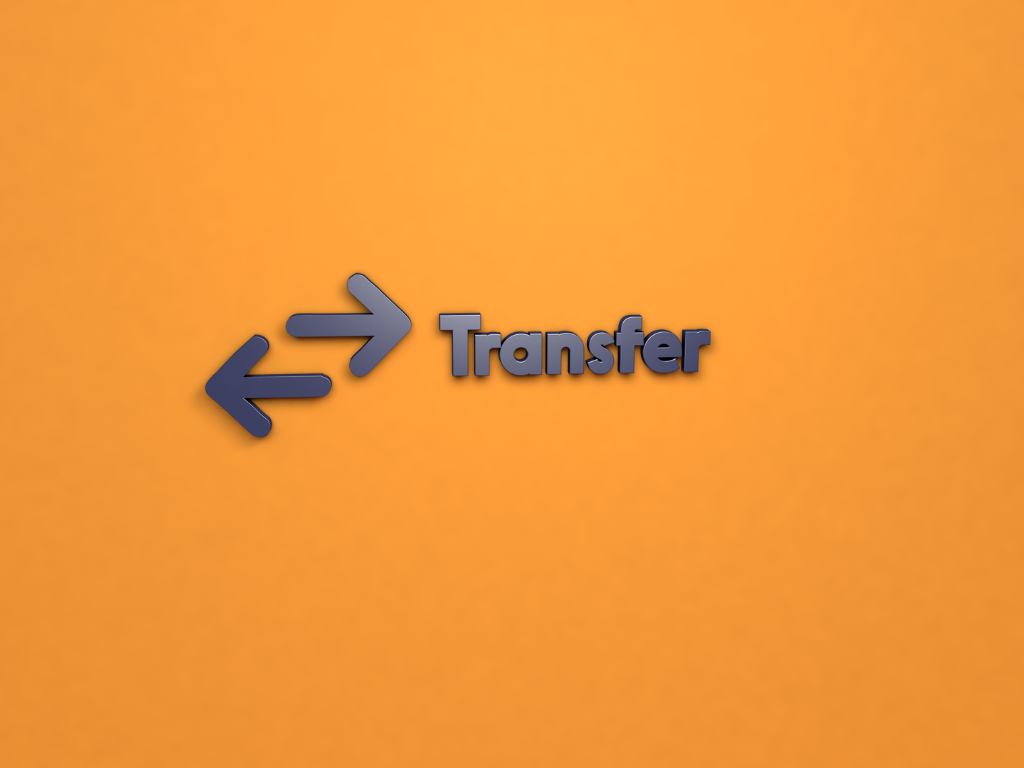Call us now:
Technology transfer in Vietnam has been actively occurring across various sectors, from agricultural production to information technology, significantly contributing to the country’s industrialization and modernization efforts.

What is Technology Transfer?
Technology transfer is the process of transferring technical knowledge, production methods, copyrights, and skills from one organization, individual, or country to another. The goal of technology transfer is usually to enhance the productivity, product quality, and competitive capabilities of the recipient of the technology. This process can occur through various means such as the sale of copyrights, licensing, research and development cooperation, technical training, or even through joint investment collaborations.
Technology transfer is not merely about transferring equipment or technology; it also involves transferring the necessary knowledge and skills to use and develop technology effectively. It plays a crucial role in the economic and technological development of countries, enhancing the capacity for innovation and creativity, and promoting technical progress globally.
Examples of Technology Transfer in Vietnam
Below are some examples of technology transfer in Vietnam:
- Automotive Technology: Vietnam has cooperated with several international car manufacturers such as Toyota, Honda, and Ford to transfer technology for manufacturing and assembling automobiles. Through this, Vietnam is not only assembling but also beginning to produce some automotive components and gradually building its own auto industry.
- High-Tech Agriculture: Vietnam has adopted technology from developed countries like Israel and the Netherlands in the field of high-tech agriculture, including water-saving irrigation technology, greenhouse cultivation, and livestock technology. This helps increase the productivity and quality of agricultural products and minimize the impact of climate change.
- Information and Communication Technology: The growth of the IT sector in Vietnam is partly due to technology transfer and training from major companies like Intel, Samsung, LG, and Microsoft. This not only helps Vietnam become a center for the production and export of electronic hardware but also promotes the development of the software and IT services industry.
- Renewable Energy: Vietnam has also received technology transfer in the field of renewable energy, particularly solar and wind energy from leading countries like Germany and Denmark. This supports Vietnam in developing green energy projects, reducing carbon emissions, and diversifying energy sources.
These examples illustrate how technology transfer has been and continues to be a significant contributor to the socio-economic development and enhanced international competitiveness of Vietnam.

Forms of Technology Transfer
The various forms of technology transfer reflect the level of cooperation and knowledge sharing among the involved parties. Here are some common forms:
- Licensing: An organization or individual (licensor) grants the right to use patents, trade secrets, or technical knowledge to another organization or individual (licensee), usually in exchange for a fee or royalties. This form is common in the pharmaceutical and technology industries.
- Research and Development Partnerships: Organizations from both sides collaborate to develop new technologies through joint projects. This process includes sharing knowledge, skills, and resources and often leads to the creation of new intellectual property that can be shared or licensed.
- Foreign Direct Investment (FDI): Foreign companies invest directly in a country through expanding or establishing new business operations while simultaneously transferring technology and management knowledge to local partners.
- Mergers and Acquisitions (M&A): Acquiring or merging companies may include technology transfer when the acquired company possesses patents or special techniques that the acquiring company wishes to obtain.
- Franchising: A business (franchisor) provides the right to use its brand, products, services, and business system to another business (franchisee) in exchange for a fee and royalties. While primarily focused on the business model, franchising also includes technology transfer related to products or services.
- Training and Consultancy: Providing expert knowledge, technical, and management skills through training programs and consultancy helps transfer skills and enhance the capabilities of employees and management at the recipient organization.
- Technology Transfer through International Cooperation Projects: Through programs and projects funded by international organizations or governments aimed at sharing and developing technology in a specific field, supporting the development of technical skills and capabilities for developing countries.
Each form of technology transfer has its advantages and disadvantages, and the appropriate choice depends on the specific goals and needs of the involved parties, as well as the economic and legal conditions of the business environment.
Technology Transfer Process in Vietnam
The technology transfer process typically includes the following basic steps designed to ensure a smooth and effective transfer and to achieve the goals of both the transferring and receiving parties:
- Identifying Needs and Objectives: The recipient clearly identifies the need for technology, including the reasons for the transfer, expected goals, and desired outcomes. The transferring party assesses the available technology and its ability to meet the recipient’s needs.
- Searching and Evaluating Technology Transfer Partners: Conduct searches, screenings, and evaluations of potential partners based on criteria such as technology ownership, experience, financial standing, and reputation.
- Negotiation and Contract Signing: Negotiate key terms such as intellectual property rights, price, duration, scope of transfer, post-transfer support, and other legal terms. Sign a technology transfer contract specifying the responsibilities and rights of each party.
- Technology Transfer and Implementation: Implement the technology transfer through methods such as training, providing technical documentation, direct technical support, and transferring equipment. Deploy technology at the recipient’s facility, including installing equipment, applying new production processes, and integrating systems.
- Training and Support: Provide training for employees and management of the recipient to enable them to operate, maintain, and independently develop the technology. Provide post-transfer support to address any technical issues that arise.
- Evaluation and Optimization: Evaluate the effectiveness of the transfer process, including checking whether the goals have been achieved and whether the technology is being effectively applied. Conduct optimization if necessary to ensure that the technology is being used to its fullest potential.
The technology transfer process needs to be adjusted to fit each specific case depending on the type of technology, project scale, and legal environment. A successful technology transfer process requires meticulous attention to detail in each step and close cooperation among all involved parties.
Contact Us Now:
DCNH LAW
Address: 38B Tran Nhat Duat, Phuoc Hoa ward, Nha Trang city, Khanh Hoa province, Vietnam.
Phone: (+84) 343320223 – 974278893
Email: dcnh.law@gmail.com


